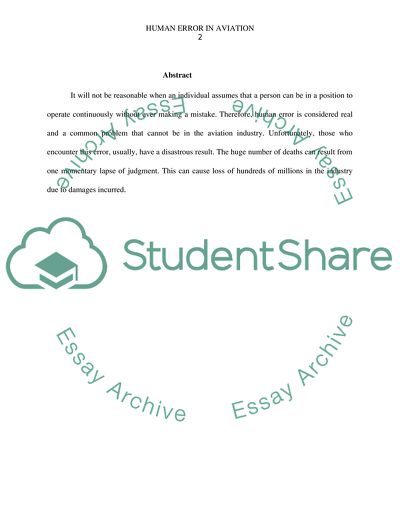Cite this document
(Human Error in Aviation Research Paper Example | Topics and Well Written Essays - 2250 words, n.d.)
Human Error in Aviation Research Paper Example | Topics and Well Written Essays - 2250 words. Retrieved from https://studentshare.org/social-science/1840358-human-error-in-aviation
Human Error in Aviation Research Paper Example | Topics and Well Written Essays - 2250 words. Retrieved from https://studentshare.org/social-science/1840358-human-error-in-aviation
(Human Error in Aviation Research Paper Example | Topics and Well Written Essays - 2250 Words)
Human Error in Aviation Research Paper Example | Topics and Well Written Essays - 2250 Words. https://studentshare.org/social-science/1840358-human-error-in-aviation.
Human Error in Aviation Research Paper Example | Topics and Well Written Essays - 2250 Words. https://studentshare.org/social-science/1840358-human-error-in-aviation.
“Human Error in Aviation Research Paper Example | Topics and Well Written Essays - 2250 Words”, n.d. https://studentshare.org/social-science/1840358-human-error-in-aviation.


